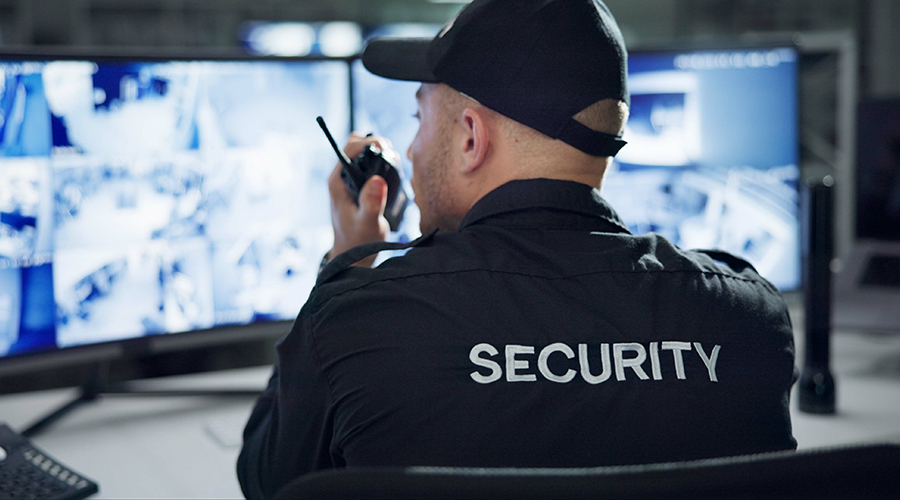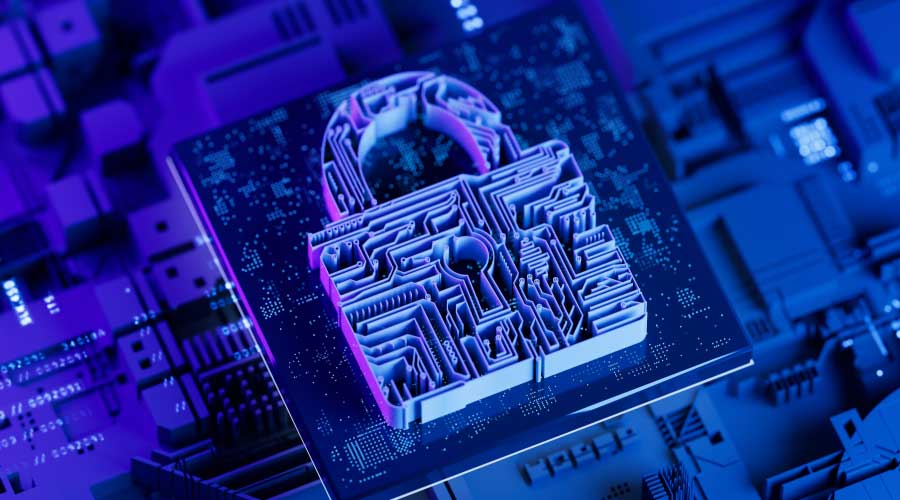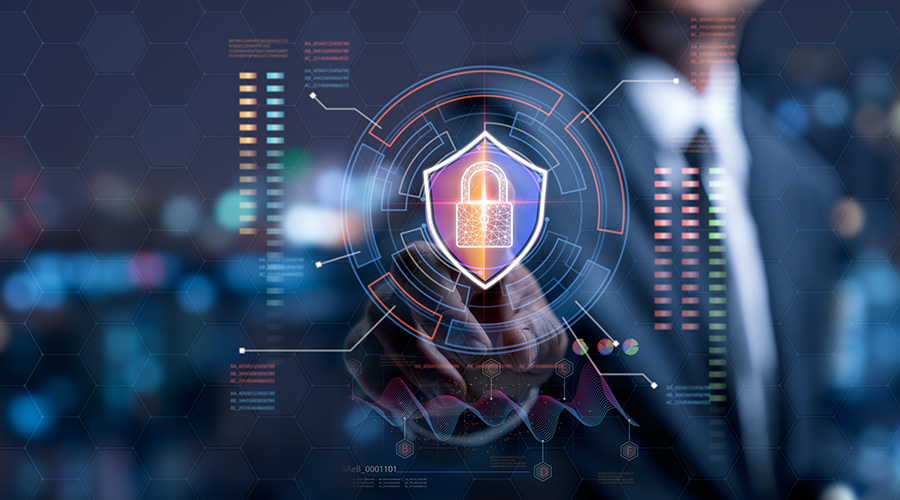Why Access Control and Communication Matter for School Safety
The complex task of managing large buildings while ensuring security, smooth operations, and regulatory compliance is a unique challenge.
In the ongoing conversation about institutional and commercial building safety, Paul Timm, a board-certified Physical Security Professional and the author of “School Security: How to Build and Strengthen a School Safety Program,” underscores the importance of two core areas: communication systems and access control. These, he believes, are the pillars of great security.
“We need to be able to get help if we’re under distress and we also need to be able to hear a mass notification announcement if there is an emergency,” he says. “Access control protects people by controlling who enters a building.”
In principle, it’s a simple matter of providing help to those who need it while securing buildings against unauthorized entry. In practice, though, “it’s not easy to put together a comprehensive communication system, nor is it easy to restrict access,” Timm says. “There is always a human element involved.”
The complex task of managing large buildings while ensuring security, smooth operations, and regulatory compliance is a unique challenge. Fire codes, for instance, mandate multiple egress points, with the number determined by occupancy. Securely managing a building with 25 openings requires continuous monitoring and regular maintenance of all door hardware for reliable closing and latching.
Timm says the emphasis on clear, immediate communication reflects a larger push in school safety legislation. One notable example is Alyssa’s Law, named after Alyssa Alhadeff, a victim of the Parkland School shooting. This law mandates that public schools install panic alarms that alert law enforcement directly during emergencies. So far, seven states have adopted this safety measure.
Palmquist recommends using platforms that integrate digital mapping, wearable panic buttons, visitor management, and reunification tools to improve emergency response times.
“Every teacher wears a pendant around their neck,” Palmquist says. “This pendant functions as a microphone, amplifying the teacher’s voice for better communication in the classroom.”
In a crisis, teachers can press the pendant’s alarm to instantly alert the office, where a kiosk will flash red, a siren will blare, and the kiosk screen will display a live classroom feed.
“Imagine the power of this capability,” Palmquist says. “Every staff member knows immediately that a teacher is in danger. You can even set up alert rules for everyone, including law enforcement. Whoever receives the alert can see and hear exactly what's going on in real-time.”
In situations that demand more urgent action, the person receiving the alert can trigger a school-wide or zone-specific lockdown.
In September, a system like this reportedly saved lives at Apalachee High School in Georgia. Lockdown alerts on classroom screens triggered students and teachers to secure classrooms and gather in pre-identified safe spaces. Alerts were also sent to law enforcement and their quick response led to a fast resolution.
Timm mentions some schools are adding an alert system that functions like a fire alarm.
“If someone sees something, they can pull the alarm,” he says. “This system could work in tandem with lanyards. This way the entire school is covered between pull stations and lanyards.”
Whatever security technology facilities implement, it must be accompanied by strong security practices, Timm says.
“Security has to become part of the building culture,” he adds. “Tell people not to trade security for convenience and that if they see something out of place or suspicious, they need to report it. This helps the culture support the effectiveness of the technology.”
Ronnie Wendt is a freelance writer based in Minocqua, Wisconsin.
Related Topics:













